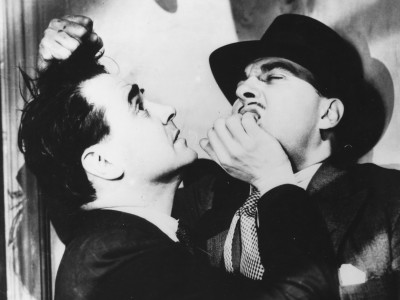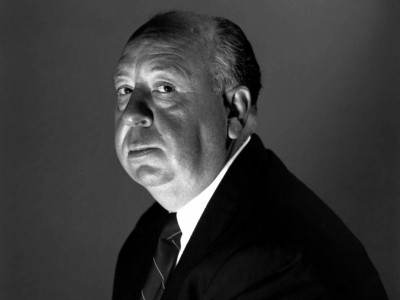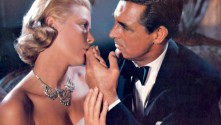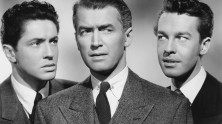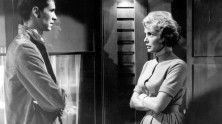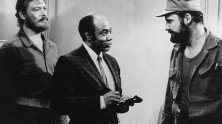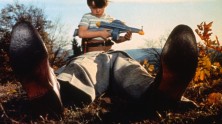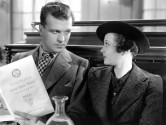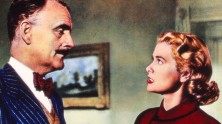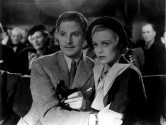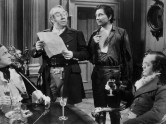
Sabotage
Number Seventeen
Beginning with a citywide blackout that empties a busy cinema, Hitchcock’s hard-edged adaptation of Conrad’s The Secret Agent never strays far from London’s maddening crowds. The city’s normally innocent diversions are shot through with dire suspense during a celebrated and once controversial sequence of a young boy lolling through the streets unaware of the explosive contents of the package he’s ferrying for Oskar Homolka’s cinema operator and saboteur. Contrasting this masterful manipulation of documentary realism, Sabotage’s second spasm of violence unfolds in the privacy of the family home. Not for the last time in Hitchcock’s oeuvre, the spy thriller ultimately gives way to an altogether more unnerving picture of a marriage disfigured by false premises.
Hitchcock’s final assignment for tiny British International Pictures came freighted with mystery clichés of stolen necklaces, creaky houses, and disappearing corpses. Palpably impatient with his source material, Hitchcock takes every opportunity to color outside the lines, often to rather surreal effect. The film opens with the camera insistently pushing into the titular London address, immediately establishing the rule of style over explication. Expressionist shadows lengthen to the point of self-parody, though listless tracking shots suggest a characteristic undercurrent of disorientation. An intricately edited race to the finish complete with model ships and trains epitomizes the innocent phase of Hitchcockian illusion – velocity without the vertigo.

